



SELECTED
ISSUE
|
|
Leisure Management - Gentle exercise

Talking point

|
|
| Gentle exercise
|

An uptick in the takeup of gentle exercise modalities suggests
people are looking for more than just cardio and HIIT workouts.
Kath Hudson asks the experts if this trend is here to stay
|


Les Mills Thrive helps older adults to improve walking ability photo: Shutterstock/Ken Schulze
|
|
|
Like many of us, I’ve had a bit of a year and one of my vital support strategies has been a weekly restorative yoga class. A couple of years ago I would have thought all that lying around was a bit of a waste of time and money and booked the Ashtanga class instead, now it’s my favourite 75 minutes of the week.
The class makes me feel relaxed, nurtured and my nervous system gets a much needed break. And I’m not alone; feedback from operators suggests that many people are adding gentle exercise or relaxation classes to their weekly activity programme.
Added to this, research shows we don’t have to beast ourselves to get results. An ACE-sponsored study found the impact of a reduced intensity workout (REHIT) elicits comparable benefits to a traditional moderate intensity, longer workout. REHIT benefits accumulate through the day, meaning individuals burn more calories and see further training adaptations over time, with improved cardiometabolic health.
|
Bryce Hastings
Head of research, Les Mills International

photo: Les Mills
Our research shows that when exercise intensity is higher than anticipated it can create a negative experience, which reduces the likelihood of someone returning to the class, especially beginners.
Individuals who haven’t established a fitness habit don’t always find exercise positive and intensity is a key factor in this. While regular exercisers are used to feeling hot, sweaty, short of breath and uncomfortable, irregular exercisers may not distinguish these feelings from a stress response, so lowering intensity helps ease people into their journey and ensures each exercise session is positive.
The old approach of having to sweat and puff to gain benefits from training has changed. According to a number of recent consumer research publications, mental wellbeing has become the most common reason to exercise. Many operators are noticing an increase in attendance in the mind-body space, so are including more of these offerings on their timetables.
Our research indicates just a few mind-body sessions can significantly improve resilience, feelings of positivity, life satisfaction and sleep quality, so it’s not surprising these types of classes have surged in popularity.
The team at Les Mills are obsessed with creating engaging fitness experiences and constantly innovating to provide new workouts which meet people wherever they are on their fitness journey. Our new active ageing non-impact programme, Les Mills Thrive, can be performed with assistance, such as chair support, bodyweight or light resistance. It focuses on improving walking ability, which research has shown many older adults use to maintain their health. By targeting the key muscles involved in gait, we aim to improve functional strength and maintain walking ability, independence and ultimately longevity.
I expect the interest in lower intensity exercise to continue, driven by consumer demand and operators focusing on meeting the needs of their clients, which may involve giving psychological health priority over physiological health, at least initially.
I’d love to see clubs focus on delivering movement experiences that leave people feeling replenished and rejuvenated. This could broaden our industry’s appeal and bring the benefits of being active to everybody. We’re moving away from weight loss goals, towards using movement to simply do better at life.
We’re moving away from weight loss goals, towards using movement to simply do better at life
Debbie Bellenger
Founder and CEO, Body By Definition

photo: Body by Definition
Many of our members are sick, tired, stressed out and suffering from economic anxiety, back pain and neck pain from sitting all day. They’re also bombarded by negative messaging in the media, with no end in sight.
One in five Americans are now suffering burnout and by 2030, more than 50 per cent of Americans will have a BMI greater than 30. The isolation of working from home and the sedentary behaviour this leads to is driving poor mental health and musculoskeletal problems and the double whammy of the pandemic and cost of living crisis has left many dealing with anxiety and stress.
For individuals not feeling well, who can barely get through their daily life, we must offer classes which are not only low intensity, but also shorter in duration and which support mental health and wellbeing by allowing the mind to rest and cortisol levels to come down.
Research backs this up. Common trends in reports from ACSM, AHA, Canfitpro, Club Solutions and McKinsey show the popularity of functional movement, fitness programmes for the older adult, mind-body programmes and recovery programmes. All of these are lower intensity options that promote moving well, ageing well and using exercise to feel better and improve mental health.
This doesn’t mean eliminating anything, it simply means the sector must offer new and different choices to attract new members based on the current health profile and to retain our current members.
The future is about programming in the mental health and wellbeing space: shorter exercise sessions and teaching life-skills, such as meditation, nutrition basics, sleep hygiene, stress management and more.
As the incidence of conditions such as Parkinson’s and osteoarthritis increases, at some point the industry must step up to design programming for these populations too.
For individuals who can barely get through their day, we must offer classes which are low intensity and shorter in duration
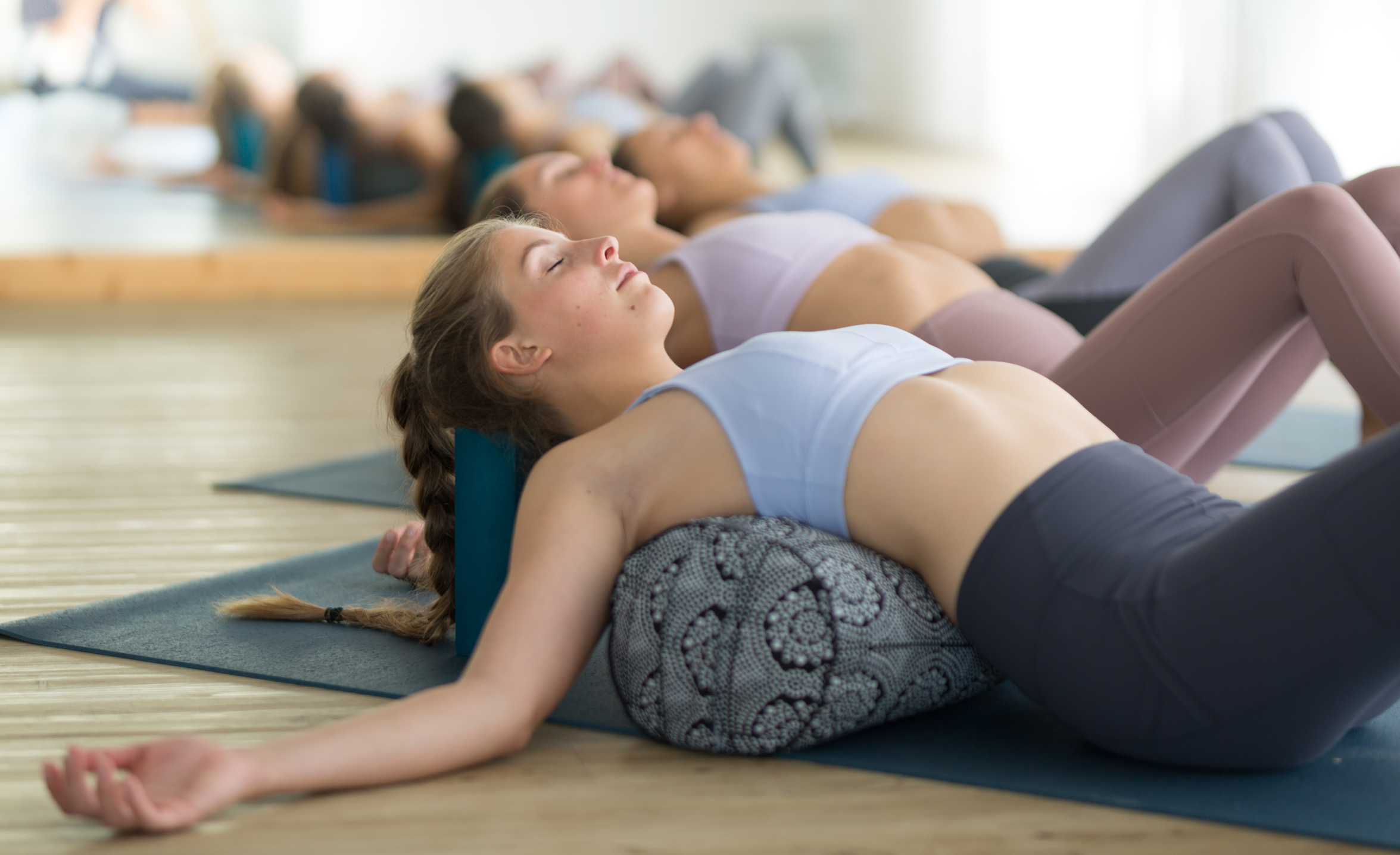
Lower intensity classes enable cortisol levels to come down / photo: Shutterstock/ Matej Kastelic
Joy Puleo
Director of education, Balanced Body
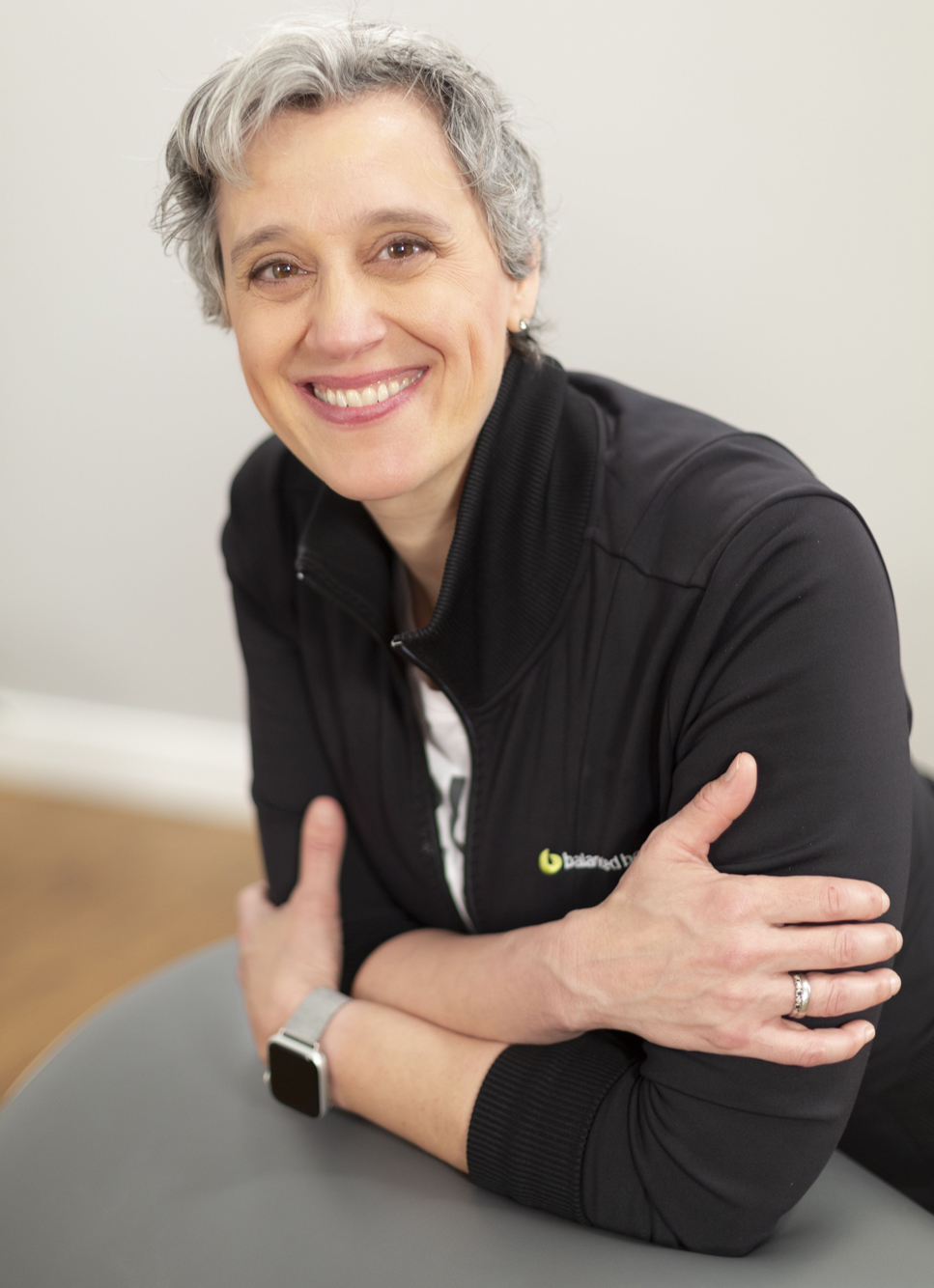
photo: Balance Body
The ‘no pain, no gain’ ethos is ingrained in fitness culture. It implies that if you’re not working hard, you’re not working enough, you’re not creating change and, therefore, you won’t reach your goals. But actually, when we push too hard and fast, we reach breakpoint fairly quickly. This shows itself in energy depletion, muscle fatigue, strains and sprains. And most commonly, burnout and disengagement.
What has come out of the pandemic is an evolved mindset which believes in the quality over quantity of movement. It recognises the mind-body connection as critical to optimising physical possibility. Low impact exercise programmes move the body through full ranges of joint movements and complex planes of motion. The adrenals respond to the exercises and the body willingly complies. The results are enhanced longevity, full-body condition and toning and a sense of overall wellbeing.
On a one-to-one basis, low impact exercises allow the focus to be placed on individual sensation, body awareness and optimal movement patterns, while also providing an ideal environment for exploration, challenge without judgement and client-to-trainer interaction.
In the group environment, low impact exercise brings positive, nurturing and proactive training opportunities to a wide variety of members with varied abilities.
Low impact exercise has broad appeal and also provides a place for exercisers who are not naturally driven athletes to engage and feel successful. It’s a mindful space that allows for exploration and awareness of self, focusing on what’s possible, rather than what’s lacking.
Connecting mind and body through exercise helps instil the value of an active lifestyle and hopefully produces lifelong participants in fitness, fuelling future generations of gym members
It helps those active in sport to do what they love for longer and if they’re starting in midlife, mind-body exercise provides a foundation from which they can grow and age actively.
Low impact exercise has broad appeal and also provides a place for exercisers who are not naturally driven athletes to engage and feel successful
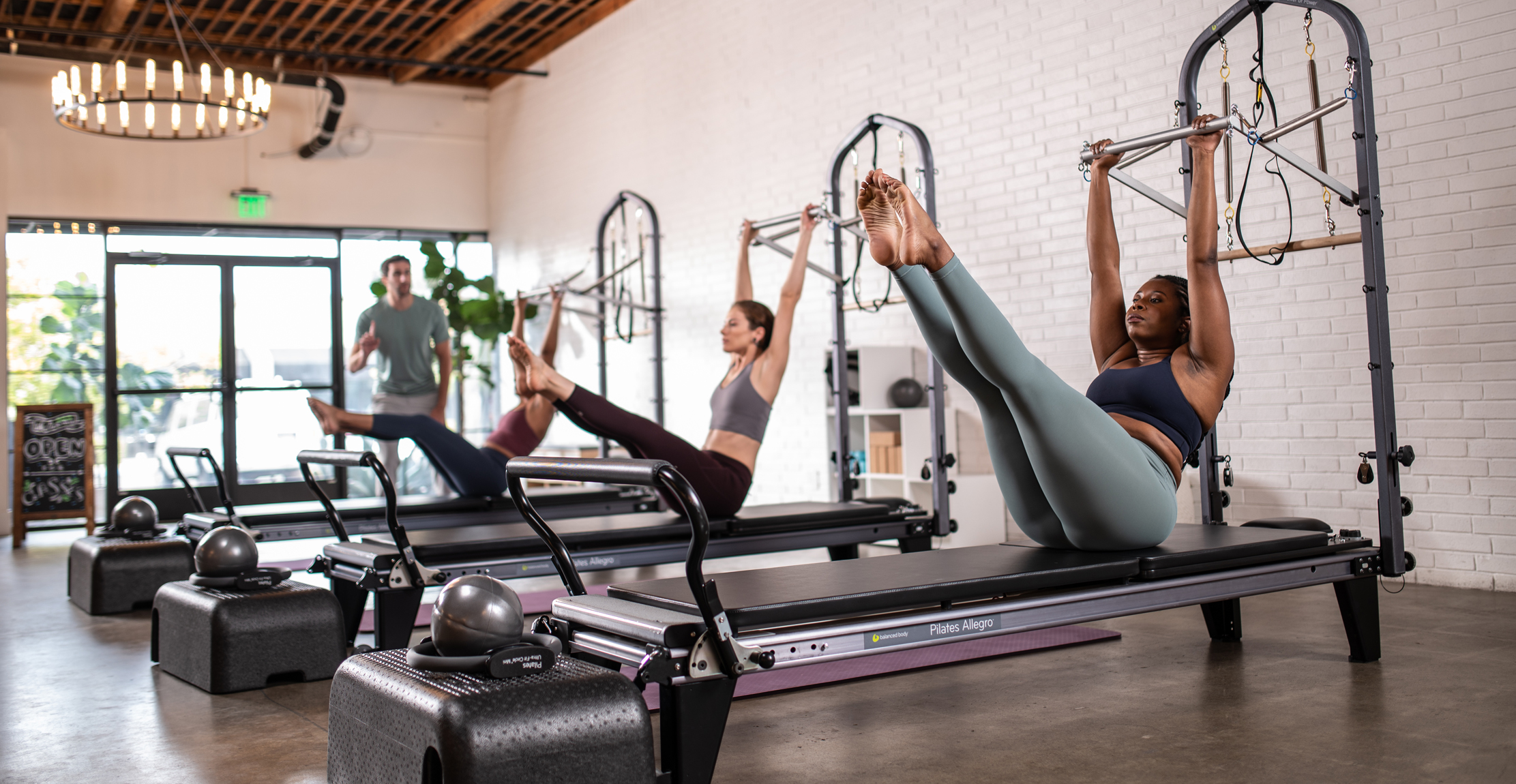
Low impact movement promotes full body awareness / photo: Balance Body
Patrick Oancia
Founder, The Baseworks Method
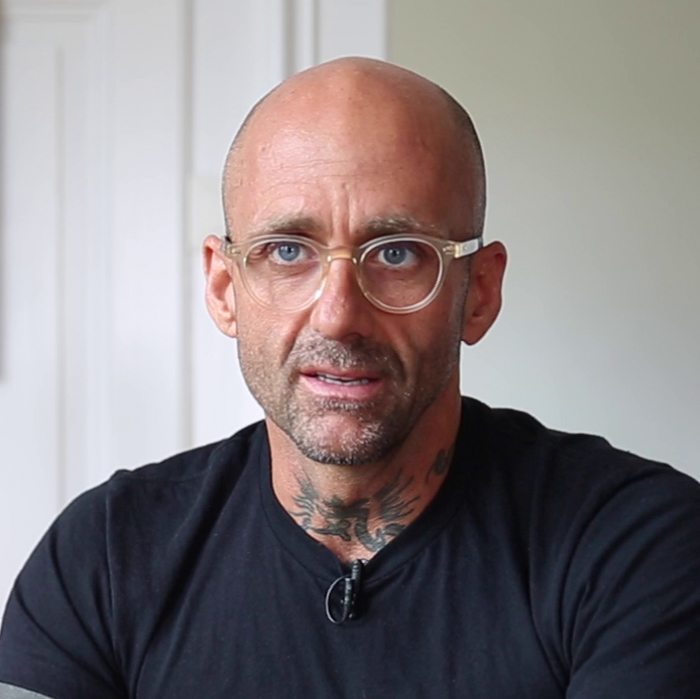
photo: Baseworks
In many high-intensity exercise modalities, not enough emphasis is put on the value of foundational technique, so I believe there would be value in creating form-oriented, low-intensity exercise programmes as a spin-off from high intensity programmes. Kind of what tai-chi is to kung-fu.
Currently, many low intensity exercise classes are simply high intensity programmes with the more challenging elements removed. I believe there’s potential to explore other goals which could be addressed by them.
It's not just older people who would benefit – lower intensity programmes could be appealing to working people between 30 and 50 years who are juggling multiple responsibilities and have less vitality than they did in their 20s. These programmes could be used to mitigate their stress levels and build resilience to higher levels of stress, as well as improved mental clarity.
For those who are used to, or expect, exercise to be exhilarating or calorie burning, there might need to be some education around the benefits of low intensity exercise programmes. Fitness professionals would also need to gain an understanding of how lifestyle and stress impact the body. These classes might not be the right fit for a young, strong, healthy instructor, it would likely be more appropriate for them to be led by someone with more life experience.
There would be value in creating form-oriented, low-intensity exercise programmes as a spin-off from high intensity programmes. Kind of what tai-chi is to kung-fu
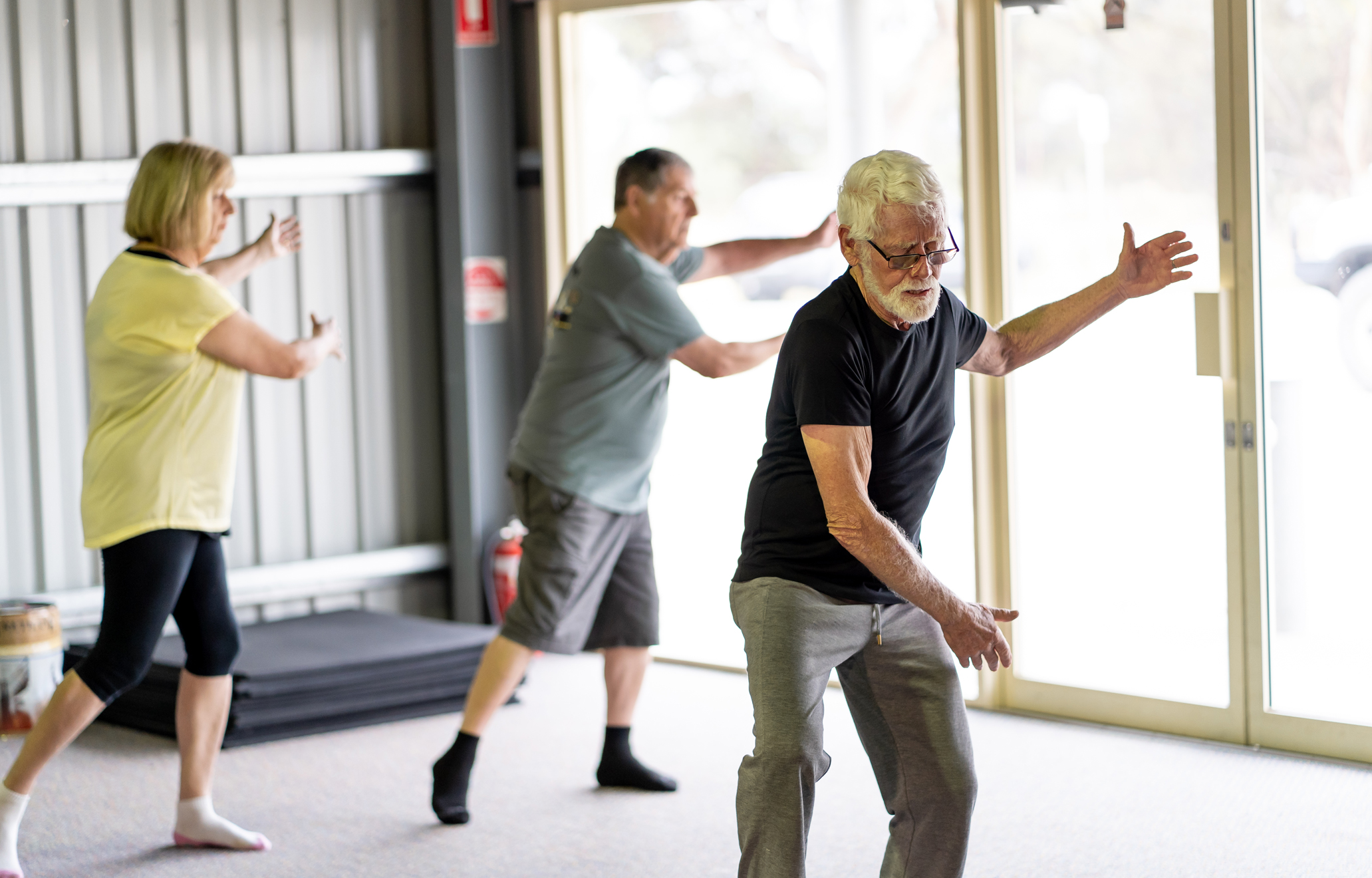
Classes can be led by instructors with more life experience / photo: shutterstock / SB Arts Media
Rod Hill
President, Energie Fitness Iberia
As strength training enjoys a shift in perception, the industry is naturally moving from its emphasis on high intensity cardio workouts to strength workouts which can be modified for every age group. I believe strength training is destined to be the strongest anti-ageing medicine of all and after 30 years in the industry it’s amazing to see how attitudes towards it are changing.
For many years the industry tried to disassociate itself from the bodybuilder image and reinvented itself with a massive promotion of cardio. But times are changing and new gyms are lined wall-to-wall with Olympic lifting platforms, with less traditional cardio machines.
For many people, maintaining muscle strength and flexibility will be the difference between a long active life or a long life with poor quality of life, as retaining muscle mass is shown to increase bone density, joint elasticity and tendon strength.
To encourage more senior people to begin strength training, Energie fitness Spain is offering free workouts to the over 70s at its flagship club. We’re using the results of our 12-week programme to inform a national marketing campaign to encourage more over-50s to take up strength training.
The programme has been designed to be progressive over the 12 weeks and everyone is capable of making significant strength gains over this period. For the first six weeks we build core strength and slowly build up. In the second six weeks we encourage our participants to begin working on the big three: deadlift, squats and bench press. We generally work at around four to eight reps, with the last couple being challenging.
The beauty of weight training is that it can be controlled and performed slowly and carefully. Muscles lengthening under stress is a great way to build strength, and in older populations slow eccentric work can be very beneficial.
The beauty of strength training and weightlifting is that it can be controlled and performed slowly and carefully
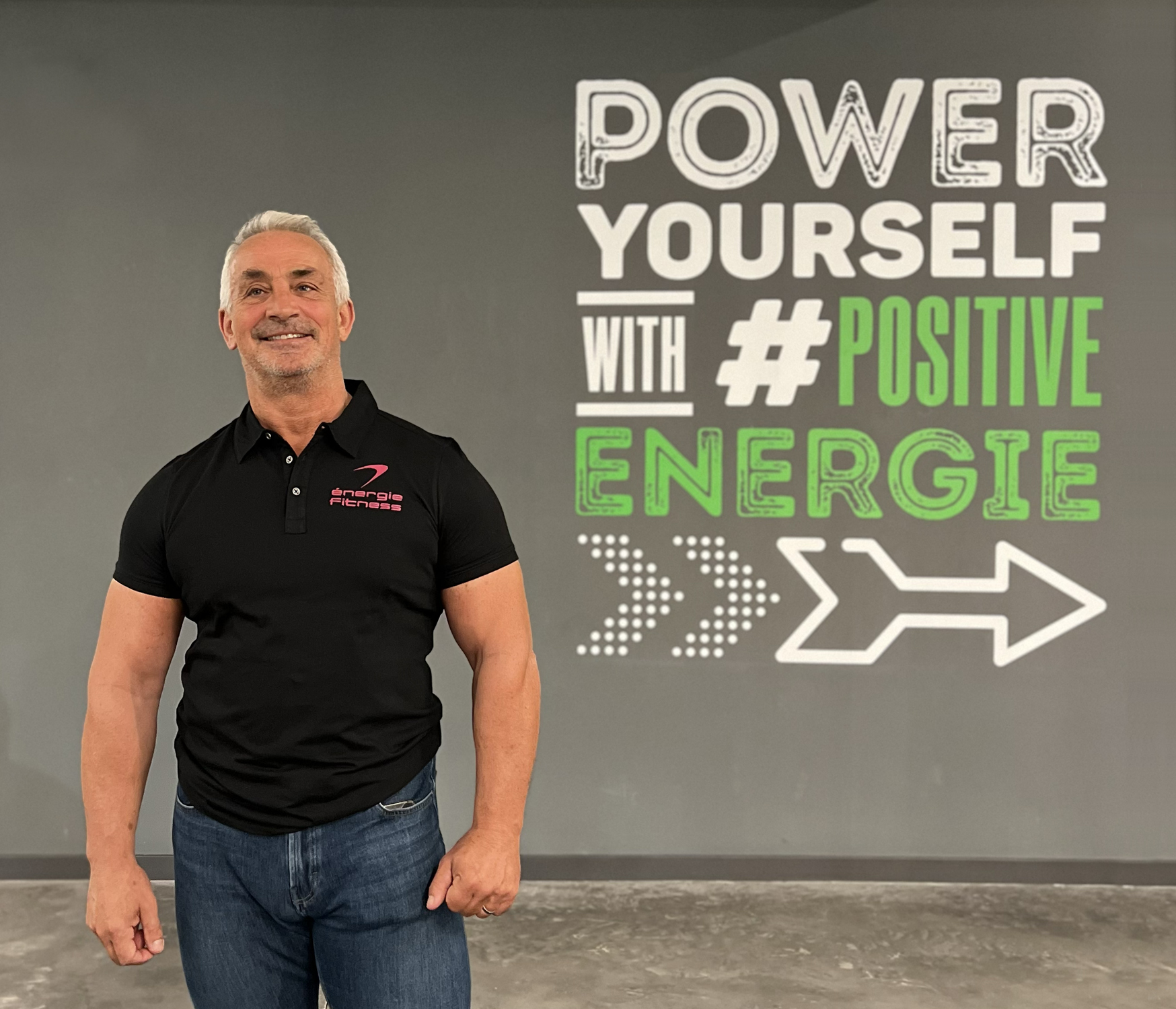
Maintaining muscle mass is critical to healthy ageing, says Hill / photo: Energie Fitness
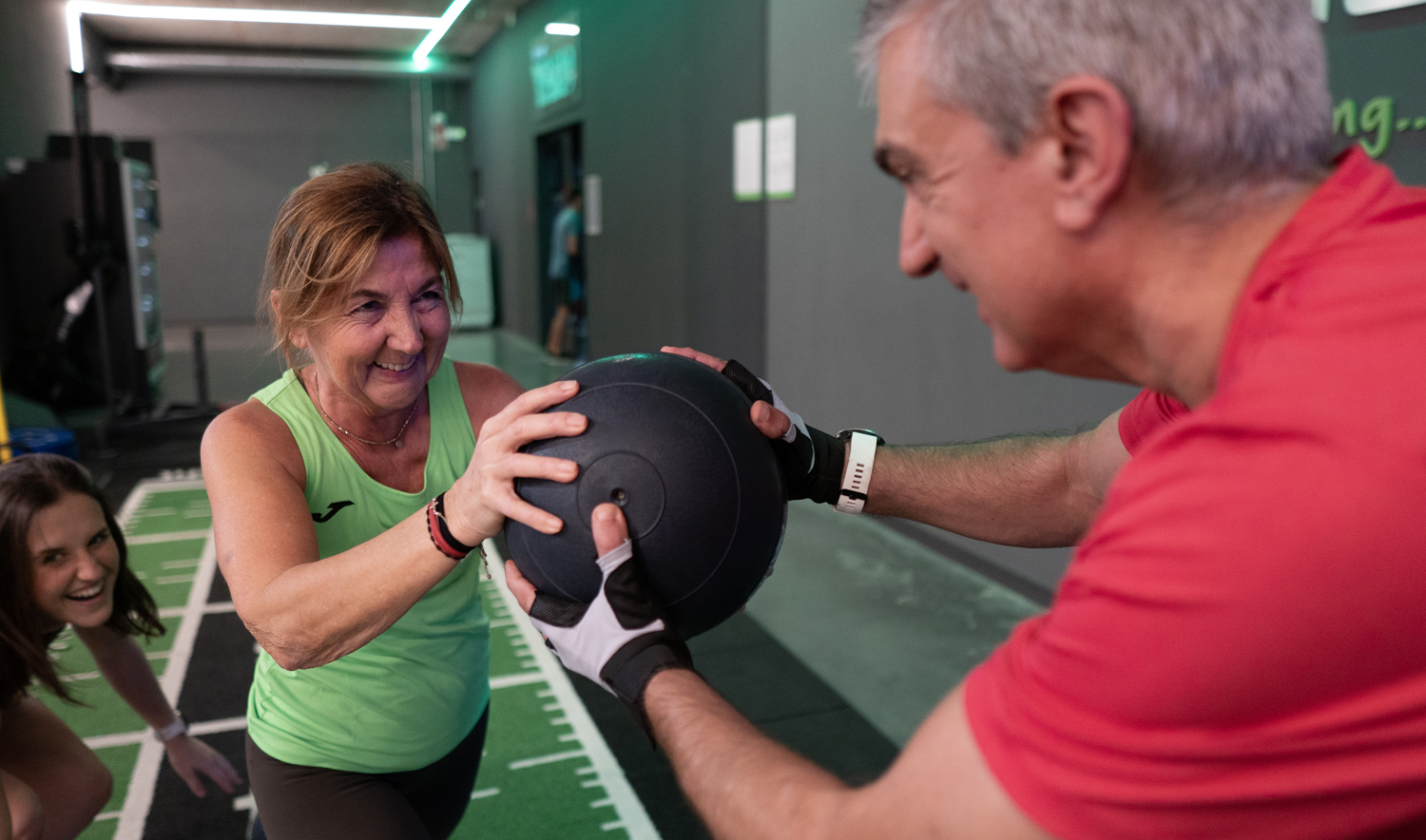
Older people are making significant strength gains / photo: Energie Fitness
|
|
 |
| Originally published in Health Club Management 2023 issue 6
|
|
 |
|
